Purim Foolishness
Purim[1] must seem foolish to the uninitiated. An otherwise “normal” congregation of worshippers arrive dressed in outlandish costumes – every female a princess or queen, and every male a king, hero or villain. The liturgy, little more than the reading or comic reenactment of a sacred text, is interrupted incessantly by a cacophonous cycle of vicious boos and ecstatic cheers, accompanied by the stamping of feet and the grating sound of noise makers. Oddest of all, the worshippers’ God is not mentioned by name – not even once!
Purim is people in disguise, noisy, confusing, sometimes comic, sometimes tragic, plagued by ancient hatreds, surprising reversals, and presided over by a God who remains silent. Sounds a lot like life, doesn’t it! Yet, under Purim’s foolish façade lies profound wisdom about faith.[2]
Purim’s villain, Haman, had faith in what he could see. He had unwavering faith in his own value system, by which he justified the murder of Mordecai and those of his kind, and in his own ability to carry out his murderous plan. He had the wealth, the authority, proximity to the king, and even the alignment of fate[3] to bolster his faith. But...even though defeat was unimaginable, Haman’s faith resulted in punishment – he suffered the fate he was sure would be Mordecai’s.
Purim’s foolishness teaches that great faith in the wrong object leads to destruction.
Purim’s heroine, Esther, also had faith; but it was not in something she could see. In fear and trembling, with no power or authority of her own, and in the face of God’s silence, she brought her plea for help to the king. Even though success seemed unimaginable, Esther’s faith resulted in protection; she and her kin enjoyed the fate Haman believed would be his.
Purim’s foolishness teaches that small faith in the right object leads to deliverance.
There is deep wisdom for those willing to dig beneath Purim’s foolish façade. For those of us whose faith in what we see is strong, Purim exposes that foolishness and warns us of its deadly consequences. To those of us whose trembling faith is in the unseen and sometimes-silent God, Purim encourages us to hold on confidently, not in the quality of our faith, but in the character of its object.
Now faith is confidence in what we hope for and assurance about what we do not see…. And without faith it is impossible to please God, because anyone who comes to him must believe that he exists and that he rewards those who earnestly seek him.[4]
Written by Dan Strull, LIFE Board Chair
Some think faith is a “blind leap in the dark.” Certainly we don’t have the ability to put God in a test tube for experimentation in a lab. But we do believe there is sufficient evidence to ground our faith in an unseen Creator. The story of Esther is an example of God’s sovereignty in guarding, guiding, and providing for His people.
What evidence have you seen in your life that He is watching over you? Take the opportunity today to thank the Lord for His goodness – even when times are uncertain or our present circumstances are unfavorable.
Footnotes:
[1] The story of Purim, recorded in the book of Esther, was written sometime around the reign of the Persian King Ahasuerus, 486-464 B.C.E. During this period many of our people were still living in exile which began with the fall of Jerusalem and their removal from the land by the Babylonians in 586 B.C.E.
[2] Whether you think yourself to be a person of faith or not, you are. Each of us lives by faith in something. For some of us the object of faith is metaphysical, lying outside our five senses’ ability to quantify it. For others, it is material, within the experience of our five senses.
[3] The name Purim comes from the word “pur” which means “lot” (not a piece of land, or a large amount of something, but an ancient device used to ascertain whether one’s luck or fortune on a matter will be positive or negative). See Esther 3:7 and 9:24.
[4] Hebrews 11:1 and 11:6, New International Version

